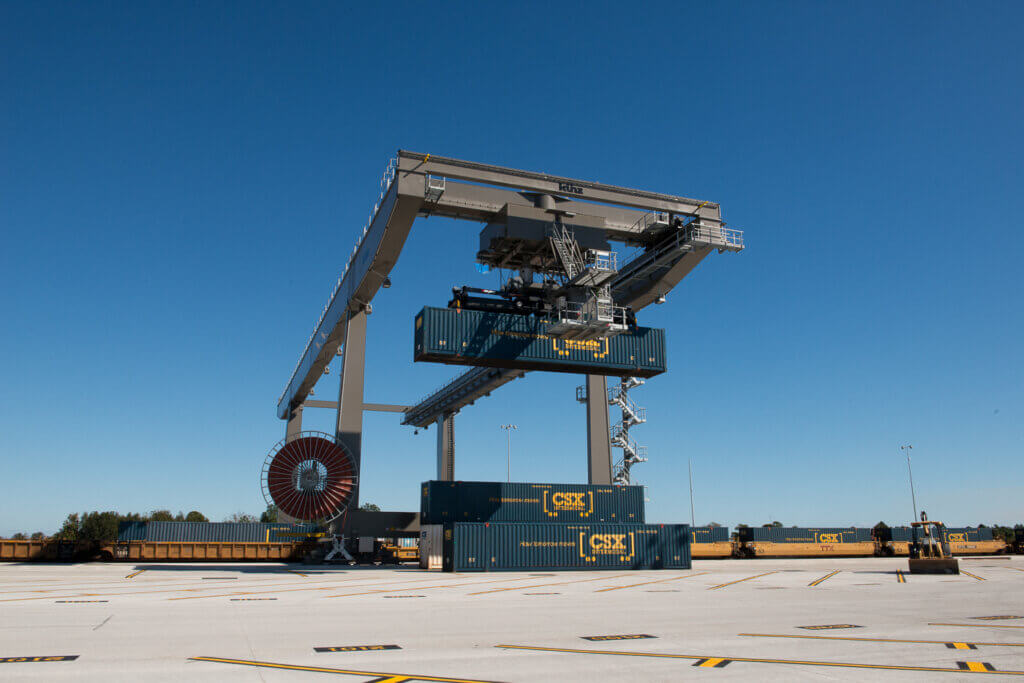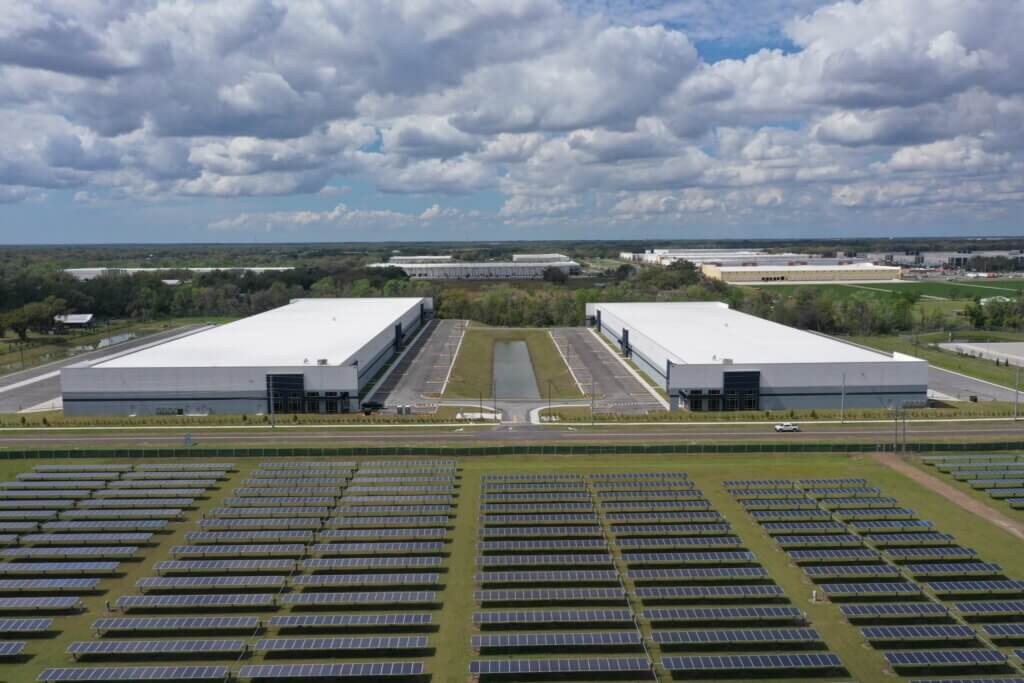Florida Citrus Forecast Has Industry Optimistic
Kyle Story exudes a certain easiness now that the U.S. Departments of Agriculture’s October 2018 forecast for the 2018-19 orange crop predicts a 76 percent increase in the number of boxes compared to the Hurricane Irma-ravaged 2017-18 crop.
“I am optimistic about the healthy crop that I see in well-maintained citrus groves,” said Story, vice president of The Story Companies, which owns and maintains 7,000 acres of citrus, peaches and blueberries in Polk, Hardee, Okeechobee, Hendry and Collier counties. “The ultimate box count will be determined, as it always is, by the number of pieces it takes to fill each box of fruit.”
Shannon Shepp, executive director of the Florida Department of Citrus, said her office is pleased that growers like Story are receiving much-needed good news.
“Florida’s citrus growers are tremendously optimistic,” she said. “After several very tough seasons, they feel good about what they are doing to get this industry back on its feet, and they truly see the results of good, old-fashioned hard work and perseverance.”
The orange forecast predicts 79 million boxes this season, compared with 45 million last season as Irma blew fruit off the trees early and flooded groves.
Other forecasts:
- The number of boxes of grapefruit will increase 73 percent from 3.88 million last season to 6.7 million this season.
- Tangelos and tangerines will increase 60 percent from 750,000 to 1.2 million boxes.
“After being out in the industry and actually laying eyes on the trees, I think the forecast is on target,” Shepp said. “We’ve got young trees just coming into production, growers have emphasized good care for the trees after Irma, and I think the work is paying off. I think the extra care and attention was a form of therapy for the growers after the storm. It was something they could control, and control they did!”
The Florida citrus industry employs 45,000 people and provides an economic impact of $8.6 billion in Florida, according to the Department of Citrus. Polk County, which was the No. 1 citrus-producing county for years, has fallen to No. 2 behind DeSoto County.
Shepp said the USDA forecasts are critical because almost all Florida oranges are used to make juice. Generally, when the number of boxes of oranges goes up, the price of OJ goes down. “It’s a starting point for the negotiations that keep the business of getting juice to consumers moving. Forecasts are used in all sorts of ways — including being a major tool in evaluating losses in major disasters. Growers actually pay an assessment on every box of citrus to have the forecast.”
Beyond Irma, the citrus industry has lost 70 percent of its crop since the fatal bacterial disease known as citrus greening was first discovered in August 2005 in South Florida (the first confirmed case in Polk County was found in 2007).
But this year looks promising. Following near-droughtlike conditions in the first quarter of 2018 in Florida, rains returned to average and above-average levels. “This positive trend continued as the fruit progressed on the trees. Growing conditions were ideal throughout the summer as owners and operators focused on the new season’s crop,” the USDA wrote in its report announcing the October forecast.
“The committed Florida citrus grower will see the benefits of tree health and reinvestment in their groves for years to come,” Story said. “We continue to learn how to live with HLB (greening) while research continues.”
That research includes CUPS, where conditions will be controlled in a new experiment that growers hope will yield positive results. CUPS, or Citrus Under Protective Screen, is expected to help control the citrus psyllid, another name for greening. It also will produce more and higher-quality fruit while using less water, fertilizer and pesticides.
Story, whose company is participating in the CUPS program, has a lot at stake. “As a farmer, therefore an optimist, I see a bright future for Florida citrus and remain committed to further investment in the industry.”
Shepp says the citrus industry is resilient.
“Florida citrus is made up of an incredible group of humanity,” she said. “Once it’s in your blood, you’re in. It’s a team like none I’ve ever seen — we will beat these challenges because of the unity that is Florida Citrus.”




